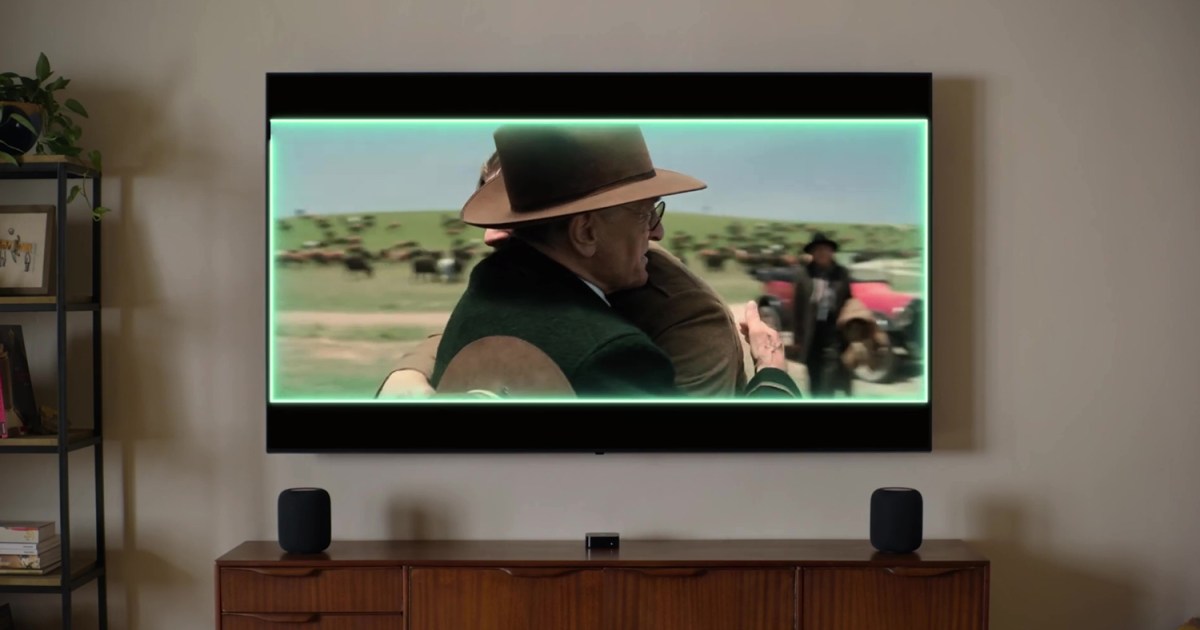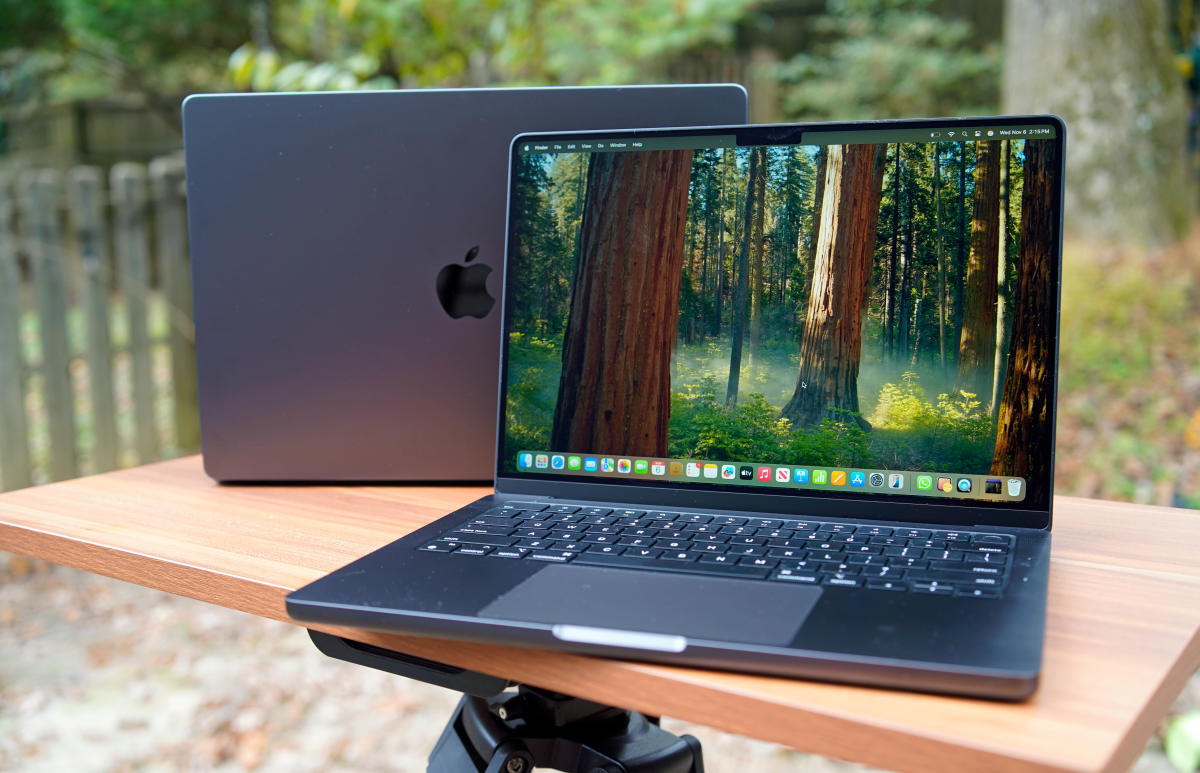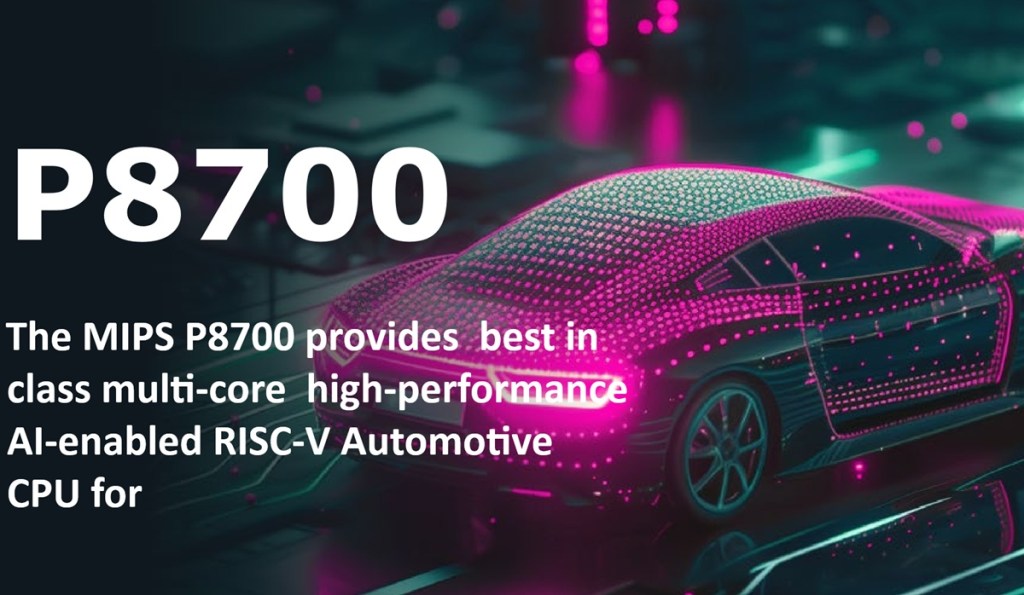Today, digital commerce is a primary business driver for retailers, brands, and distributors. According to an analysis of US Census Bureau data by research firm Stratably, 2024 revenue from digital is projected to grow 8.4% in the U.S. market compared to in-store growth of 1.2%.
As digital commerce has grown in importance there has been a corresponding explosion of downstream channels where brand manufacturers must send content, from retail stores to marketplaces to social shopping and direct-to-consumer websites. Each of these channels has distinct rules for the product data they will accept and these rules change often; Target, Walmart and Amazon changed their data ingestion requirements nearly 1,000 times combined in 2023. The reasons for these changes vary: differing regional regulatory requirements, unique merchandising opportunities the channel requires, or varying rates of digital maturity between the channels.
These constant changes make it exceedingly difficult for business teams to keep their data organized and optimized for each destination. It’s equally difficult for IT teams to maintain data governance and traceability of the enterprise’s product data as its sent so frequently to so many different channels. To achieve success, many organizations use a Product Information Management (PIM) system to centralize and store product data, but the architecture of a classic stand-alone PIM solution isn’t designed to support digital commerce. In fact, it may impede success.
Product experience management (PXM) solutions, on the other hand, were built for digital commerce and are already seeing widespread adoption by brands, retailers, and distributors looking to centralize, connect, and automate the product data that powers digital, omnichannel commerce.
How do PIM and PXM solutions compare, and which is best enabled to help your team win in digital commerce?
Features of a Classic PIM
Classic PIMs were created to manage internal data against an internal data schema. IT teams define the schema’s attributes and properties across relational databases, cleanse their data, and then load that data into the PIM to create a single “golden record” for each product.
Key Classic PIM use cases include:
The “Golden Record”: The PIM category emerged when the critical need for IT leaders was to centralize disparate product information, creating a single “golden record” for each product via relational databases based on an internal data schema. However, the golden record has lost relevance as business teams must now store, manage, optimize, and deliver hundreds or even thousands of continually optimizable golden records based on external schemas and requirements. Failing to do so could result in product data never being published, lost search rank and ultimately, and lost sales.
Rigid Data Management: Classic PIMs effectively aim to prevent changes once the data has been entered into the predetermined schema, creating a rigid data management process that makes it both difficult and expensive to update data; business teams rarely have access to change any of the data or attributes in the PIM and doing so requires going through IT or a third party PIM vendor. However, with endpoints changing their requirements so frequently, a system that will enable success in commerce must actively enable, not prevent, revisions to data as business teams optimize product information for delivery to each endpoint.
The PXM Use Case
PXMs are a blend of PIM back-office data management functionality with front-office, market-facing capability. They incorporate PIM features like hierarchy, taxonomy, and governance while adding on additional major capability areas to support digital commerce, including:
Multichannel data management: Management of channel-specific data schemas, values, and validation, allowing users to store a golden record while simultaneously storing versions of the product record that meet the requirements of each data destination.
Channel connectivity: Connectivity to channel destinations, such as Amazon and Global Data Synchronization Network (GDSN), to get information to market faster, often via different mechanisms tailored to each destination.
Collaborative workflows: Workflows that typically involve people in other businesses, such as third-party agencies, distribution partners, or downstream retail customers.
Enhanced content: More types of data and attributes, including assets to support content like videos, comparison charts, and lifestyle imagery.
Enterprise-wide user access: Administrative features to enable many users to access and use the product data for their own workstreams (e.g., legal, retail media, service, and support teams).
Automation: Automation to drive cross-team collaboration; proactive alerts about content gaps and errors; AI-driven content generation and recommendations; and more.
PXM solutions were designed to be a flexible (not rigid) system of record that can store a core product record just like a PIM, while still allowing transformations of that record to meet each endpoint’s unique requirements. These key features of PXMs allow teams to collaborate to keep up with the pace of digital commerce, driving success for their organizations.
An Expansion of the PIM Category
PXM solutions were initially worse at product information management than PIM solutions but better at syndication, connecting product information to various destinations on the digital shelf to drive sales for the enterprise.
Today, PXM solutions actually provide better data management than classic PIM solutions. They’re designed to create and manage the golden record, which is the primary goal of a PIM solution, and connect this information to the digital shelf to drive enterprise sales — all while maintaining adaptability to constantly changing market requirements.
PXM solutions can do everything PIM solutions can, but PIM solutions can’t do everything PXM solutions can. This represents a fundamental expansion of the definition of the product information management category, which has created a new category altogether.
PIM for commerce will cease to exist
The product information management category is one in transition, with PXM solutions driving a fundamental expansion of the basic use case for systems that store product information.
Anyone buying a classic PIM solution for commerce will have to either replace it or add a PXM solution sooner rather than later and eventually, PIM-only software solutions will become obsolete.
On the other hand, innovation and investment in PXM is advancing rapidly. It’s an exciting space that will continue revolutionizing shopper experiences to drive significant value to the enterprise.
We’ve featured the best e-commerce platform.
This article was produced as part of TechRadarPro’s Expert Insights channel where we feature the best and brightest minds in the technology industry today. The views expressed here are those of the author and are not necessarily those of TechRadarPro or Future plc. If you are interested in contributing find out more here: https://www.techradar.com/news/submit-your-story-to-techradar-pro









































































































































































You must be logged in to post a comment Login